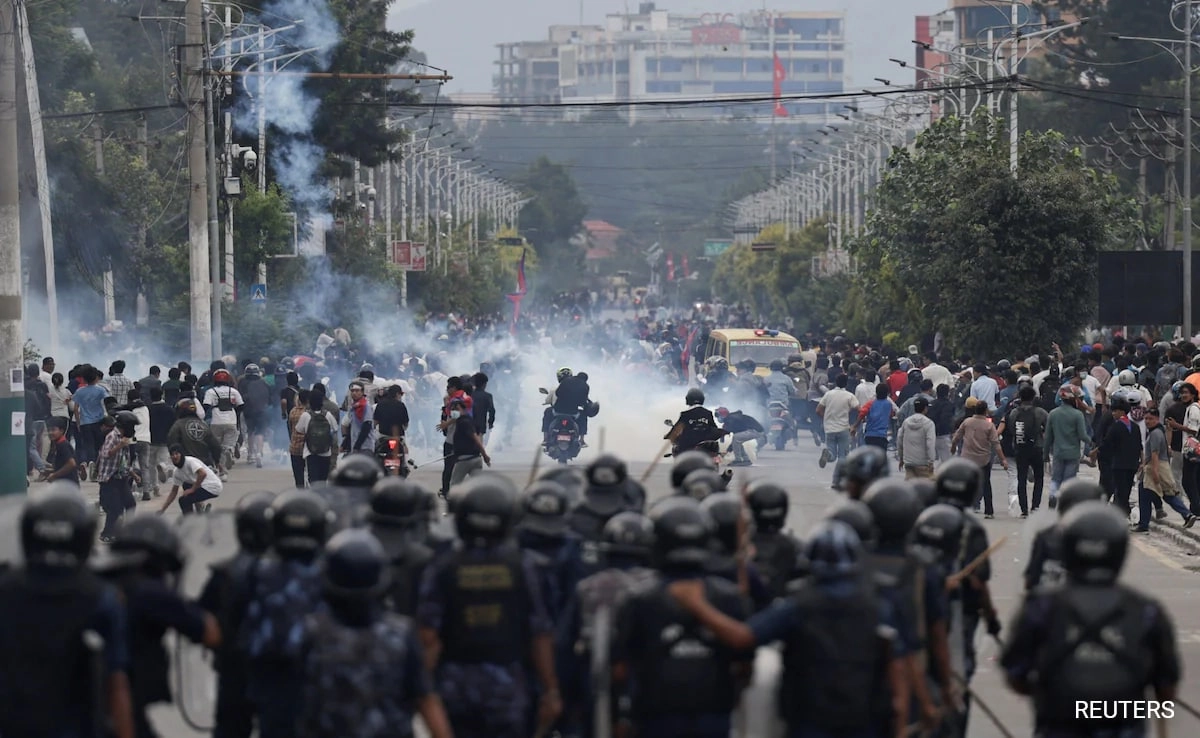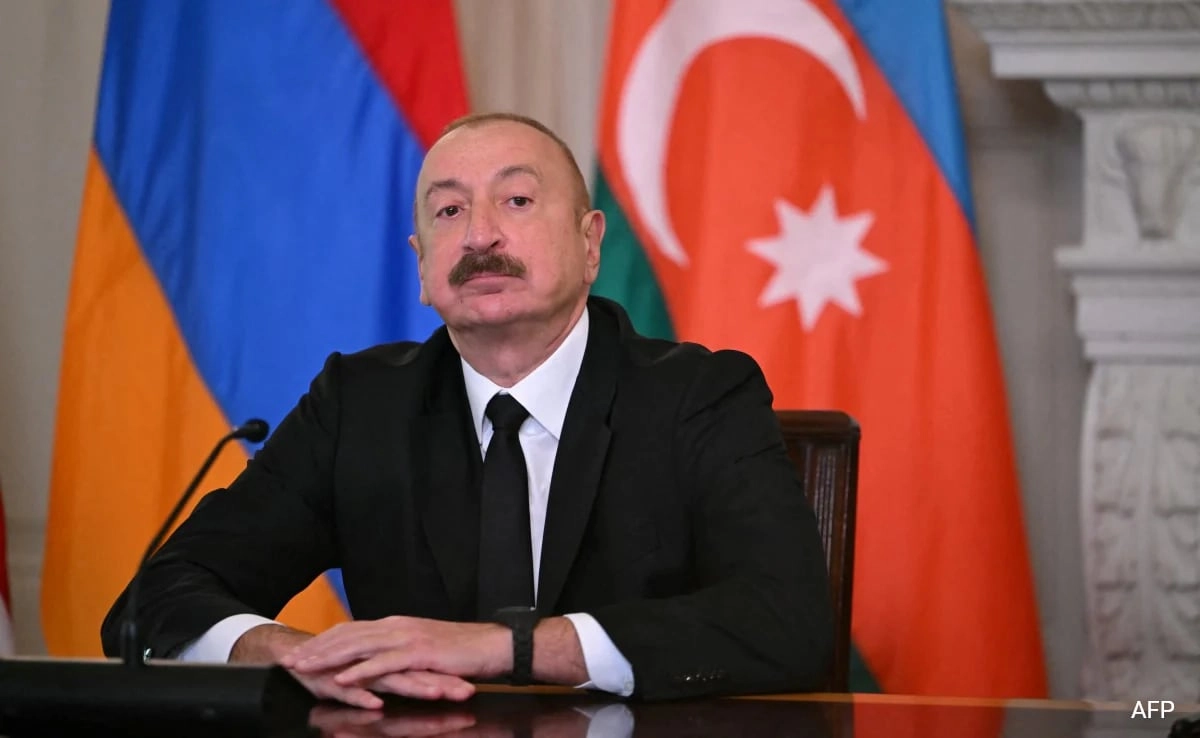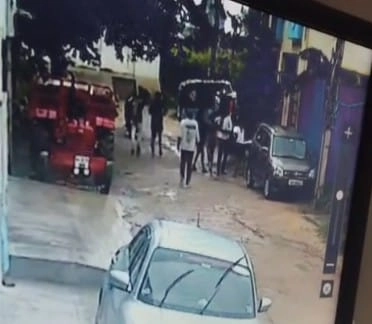Social media platforms in Nepal have resumed normal operations following a brief shutdown amid escalating protests that have tragically resulted in the deaths of 19 individuals. The protests, which began as a response to various social and political grievances, have intensified, leading to significant unrest across the nation. In an effort to control the situation, the government initially restricted access to social media, a move aimed at curbing the dissemination of information that could potentially exacerbate the violence. However, this decision was met with widespread criticism from activists and civil society, who argued that it infringed upon the fundamental right to free expression and access to information.
As the social media sites have come back online, the atmosphere in Nepal remains tense. Citizens are now sharing firsthand accounts of the protests, as well as images and videos documenting the clashes between demonstrators and law enforcement. The return of social media has not only allowed for the circulation of information but has also provided a platform for solidarity among those advocating for change. Many users are utilizing hashtags to organize efforts, raise awareness, and call for accountability from the government regarding the violent response to peaceful demonstrations.
In the wake of the protests, there are calls for dialogue and reforms to address the underlying issues that have fueled public discontent. The loss of life has brought significant attention to the situation, prompting both national and international organizations to urge the government to exercise restraint and prioritize the safety of its citizens. The challenge now lies in navigating the delicate balance between maintaining order and respecting the rights of individuals to express their dissent. As the situation evolves, many are hopeful that constructive conversations will emerge from the current turmoil, leading to meaningful changes in Nepal’s political landscape.




